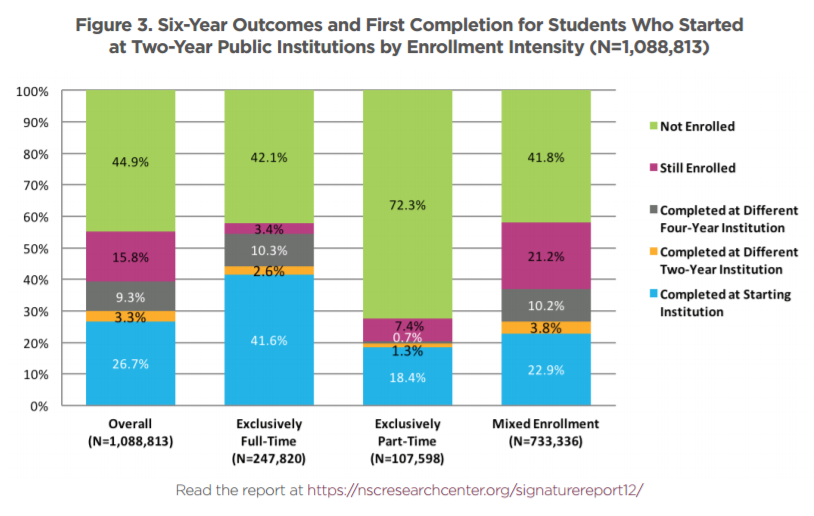 Nearly two years of planning came to a head on Monday as states hit the second plan submission window under the Every Student Succeeds Act (ESSA). Under the law, states are required to engage in stakeholder consultation and develop a comprehensive, statewide strategy for spending and holding districts and schools accountable for billions of dollars in K-12 federal education funding.
Nearly two years of planning came to a head on Monday as states hit the second plan submission window under the Every Student Succeeds Act (ESSA). Under the law, states are required to engage in stakeholder consultation and develop a comprehensive, statewide strategy for spending and holding districts and schools accountable for billions of dollars in K-12 federal education funding.
Secretary Betsy DeVos’s Education Department is now responsible for reviewing and approving state implementation plans. However, review of the first round of state plans is still ongoing and four round two states have been granted an extension due to this year’s catastrophic hurricane season. Since the initial submission window in April of this year, Sec. DeVos has publicly approved 14 out of 17 plans, with Michigan, Massachusetts and Colorado still waiting for approval. The department is expected to approve those plans shortly. Among the states scheduled to submit plans this week, Texas, Florida, Alabama and South Carolina — each still reeling from the effects of Hurricanes Harvey and Irma — have been permitted to submit their pans later this fall.
Not all state plans have gone without controversy either. The extensive plan development process surfaced differences of opinion between various policymakers and stakeholders. In a few cases, state governors refused to sign their state plans before they were submitted to the U.S. Department of Education. While states are required to provide the governor 30 days to review and comment on the plan, ESSA does not explicitly require the governor’s approval.
Career Readiness in ESSA
As Advance CTE has discussed at length, there are several leverage points within ESSA — most of them new in this version of the law — that policymakers can use to drive career readiness in their states. The primary leverage points include:
- Vision and Goal Setting: ESSA requires states to set out long-term goals for academic achievement, but states can go beyond the statute by setting ambitious targets for credential attainment, career readiness and successful postsecondary transitions. Articulating clear goals helps anchor the plan and ensure all strategies are aligned to serve the same end.
- Accountability (Title I): Accountability is the most direct way states can incentivize career readiness through ESSA. States can use the “School Quality and Student Success” indicator — also known as the fifth indicator — to measure how well schools and local education agencies are preparing learners for successful transitions to college and careers.
- Supporting Effective Instruction (Title II, Part A): Funds under Title II, Part A are often sub granted to local education agencies to provide professional development and support class size reduction strategies. However, ESSA allows states to set aside funds to train teachers and school leaders on strategies for integrating CTE and academic content as well as interpreting labor market information.
- Student Support and Academic Enrichment Grants (Title IV, Part A): New under ESSA is the Title IV, Part A block grant, which consolidated categorically funded programs under the No Child Left Behind Act to give states and local school districts more agency to support student needs. Under the statute, grant funds may be used to support a well-rounded education, which now includes CTE.
- 21st Century Community Learning Centers (Title IV, Part B): 21st Century Community Learning Centers are designed to supplement the K-12 experience through non-school hours. They are required to support programs and activities related to a well-rounded education, including CTE. In the first round, a number of states chose to prioritize programs providing work-based learning, CTE and other career preparation activities.
While 11 of the first 17 submitted state plans included (or plan to include) a career-focused measure in their high school accountability rating systems, states overall missed the opportunity to fully leverage ESSA to maximize career readiness. Only five states describes specific state-level activities to support career readiness, STEM (Science, Technology, Engineering & Mathematics) and/or dual enrollment under Title IV, Part A. And only two states identified opportunities to support blended academic and technical professional development under Title II, Part B.
Nevertheless, there is still flexibility for state and local leaders to go beyond what is specifically laid out in their ESSA plans to adopt career readiness strategies and prepare learners for post-high school transitions. Local education agencies must develop their own strategic plans for using ESSA funds. Depending on their local context, school districts may elect to prioritize work-based learning, credential attainment and CTE programs of study.
In the coming months, Advance CTE will review the 34 remaining ESSA plans to determine where and how states are making connections between ESSA and career readiness. This analysis, to be released later this year, will update this summer’s “Mapping Career Readiness in State ESSA Plans” report.
Austin Estes, Policy Associate


 Meanwhile, the Ohio Department of Education expanded options for students on the credential graduation pathway by
Meanwhile, the Ohio Department of Education expanded options for students on the credential graduation pathway by 
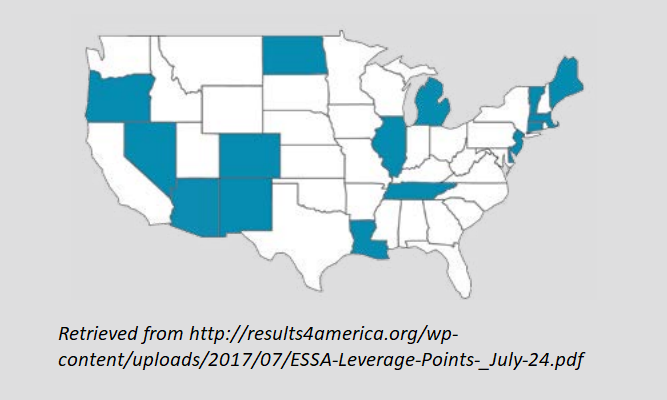 How long does it take to read through and analyze 17 state plans under the Every Student Succeeds Act (ESSA)? Two months seems to be the sweet spot for many of the nation’s education thought leaders. Since the first submission window closed this spring, a number of groups,
How long does it take to read through and analyze 17 state plans under the Every Student Succeeds Act (ESSA)? Two months seems to be the sweet spot for many of the nation’s education thought leaders. Since the first submission window closed this spring, a number of groups, 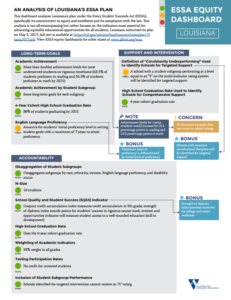 Purpose:
Purpose:  Building on the state’s
Building on the state’s California meanwhile is approaching ESSA’s increased flexibility as an opportunity to supplement ongoing state efforts. In 2013, the Golden State transformed the way it funds education using a
California meanwhile is approaching ESSA’s increased flexibility as an opportunity to supplement ongoing state efforts. In 2013, the Golden State transformed the way it funds education using a 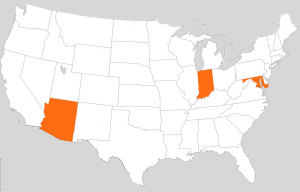 It is possible that 2017 will be a pivotal year for Career Technical Education (CTE). With
It is possible that 2017 will be a pivotal year for Career Technical Education (CTE). With  Over in the Grand Canyon State, the Arizona State Board of Education approved a comprehensive (albeit somewhat confusing) college and career readiness indicator to include in the state’s accountability system. The
Over in the Grand Canyon State, the Arizona State Board of Education approved a comprehensive (albeit somewhat confusing) college and career readiness indicator to include in the state’s accountability system. The 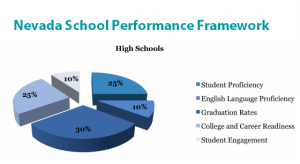 Eighteen states
Eighteen states 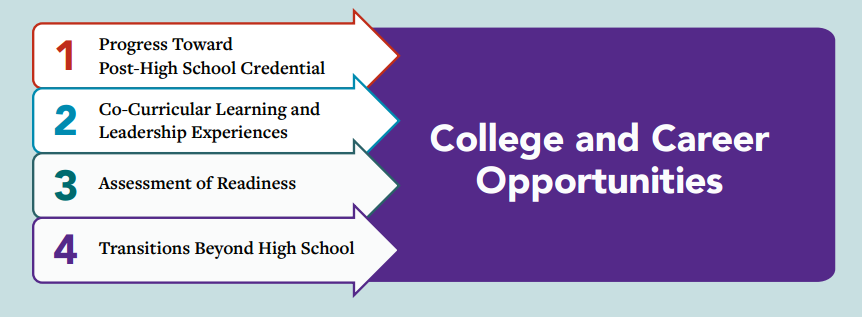 The Every Student Succeeds Act (ESSA) affords states the chance to strengthen their accountability systems by adopting multiple measures of school success rather than relying on an antiquated test-based system. Buoyed by this flexibility, state agencies across the country are exploring strategies to integrate career readiness indicators into their accountability systems. While some states have made considerable progress in this arena, others are left wondering where do we start
The Every Student Succeeds Act (ESSA) affords states the chance to strengthen their accountability systems by adopting multiple measures of school success rather than relying on an antiquated test-based system. Buoyed by this flexibility, state agencies across the country are exploring strategies to integrate career readiness indicators into their accountability systems. While some states have made considerable progress in this arena, others are left wondering where do we start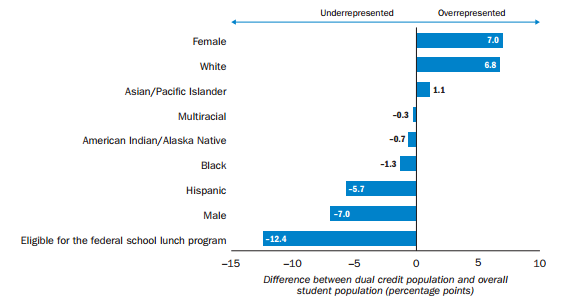 Separately, students who earned dual credit in Oregon schools were more likely than their peers to graduate from high school, enroll in college and persist through their first year. That’s according to new research from the
Separately, students who earned dual credit in Oregon schools were more likely than their peers to graduate from high school, enroll in college and persist through their first year. That’s according to new research from the 